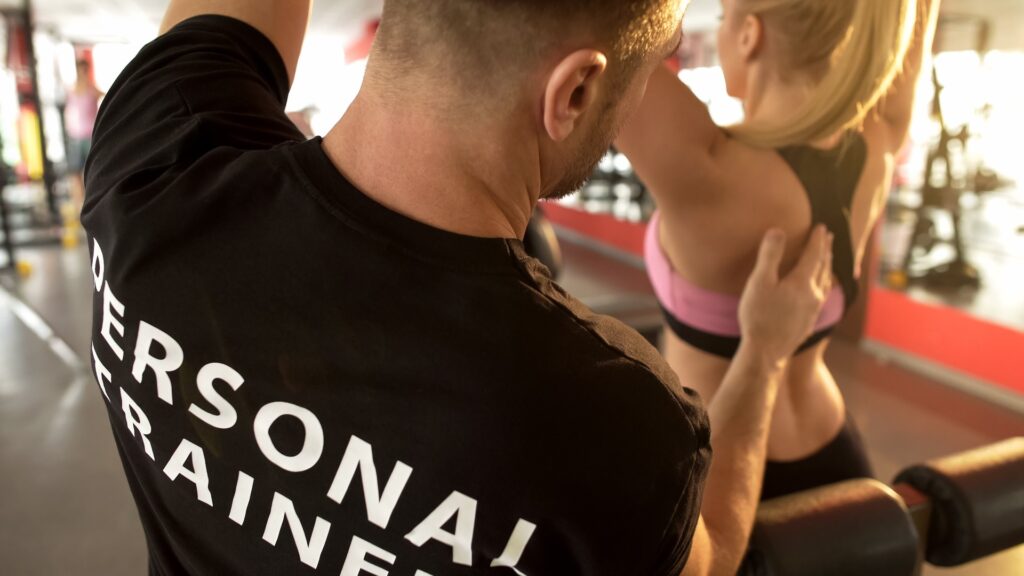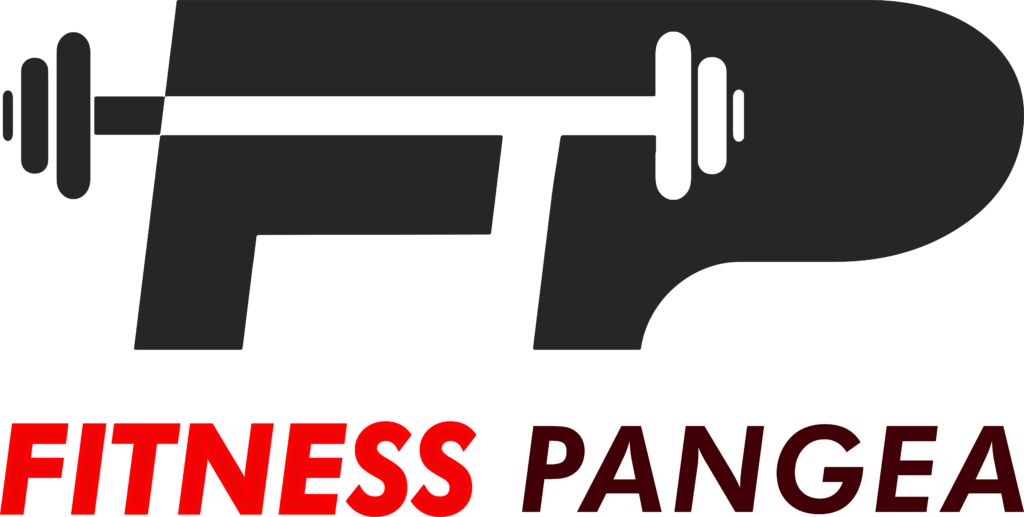When it comes to any physical activity or exercise, proper form and technique play a crucial role in preventing injuries and maximizing performance. Whether you’re lifting weights, running, practicing yoga, or engaging in any other form of exercise, understanding and maintaining correct form is essential. In this blog, we will explore the importance of proper form and technique, how it helps prevent injuries, and provide practical tips for improving form in various exercises. By prioritizing correct form, you can not only avoid unnecessary setbacks but also enhance your overall fitness journey.

Alignment and Injury Prevention :
Proper form ensures that your body is in the correct alignment during exercise, minimizing the stress on joints, ligaments, and muscles. When you maintain proper alignment, the load is distributed evenly, reducing the risk of strain, overuse injuries, and chronic pain. For example, when performing strength exercises like squats or deadlifts, maintaining a neutral spine, engaging the core, and aligning knees and feet correctly can prevent back injuries and knee strain.
Enhancing Muscle Activation and Performance :
Executing exercises with proper form ensures that the targeted muscles are effectively engaged and activated. By maintaining the correct posture and alignment, you optimize muscle recruitment and improve the effectiveness of your workouts. For example, during a push-up, proper form involves a straight line from head to heels, activating the chest, shoulders, triceps, and core muscles. Incorrect form, such as sagging hips or a rounded back, reduces the effectiveness and can lead to muscle imbalances and compensatory movements.
Injury Prevention in Cardiovascular Activities :
Proper form is not limited to strength exercises but also applies to cardiovascular activities such as running, cycling, or swimming. For runners, maintaining a balanced and efficient stride, avoiding overstriding, and landing with a midfoot strike can prevent common running injuries like shin splints or stress fractures. Similarly, swimmers should focus on correct body alignment, stroke technique, and breathing mechanics to avoid shoulder or neck injuries. Cyclists should ensure proper bike fit, pedal stroke, and posture to prevent strain on the joints and lower back.
The Role of Core Strength and Stability :
Proper form often emphasizes the importance of a strong and stable core. The core muscles provide a solid foundation for movement and help stabilize the spine during exercises and daily activities. By engaging the core muscles correctly, you can protect your back, improve balance, and enhance overall performance. Exercises such as planks, bird dogs, and Russian twists help develop core strength and stability, supporting proper form in various movements.

Seek Professional Guidance and Progress Gradually :
Improving form and technique can be challenging, especially when starting a new exercise or fitness routine. Seeking guidance from certified trainers, coaches, or physical therapists can provide valuable insights and corrections specific to your needs. They can teach you the proper mechanics, assess your form, and guide you on proper progressions to avoid common pitfalls.
Conclusion Proper form and technique are the foundation of injury prevention and optimal performance in any exercise or physical activity. By maintaining correct alignment, engaging the appropriate muscles, and gradually progressing, you can prevent injuries, improve efficiency, and achieve your fitness goals more effectively. Remember, quality trumps quantity, and it’s essential to prioritize form over the number of repetitions or intensity. So take the time to learn and practice proper form in your workouts, listen to your body, and seek professional guidance when needed. Your body will thank you with improved performance, reduced risk of injuries, and a more rewarding fitness journey.



